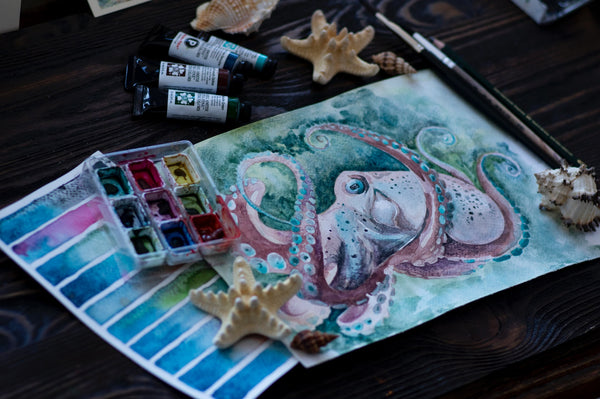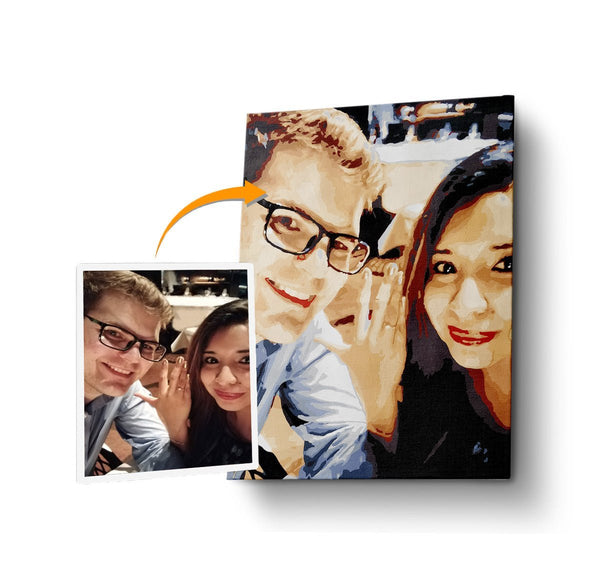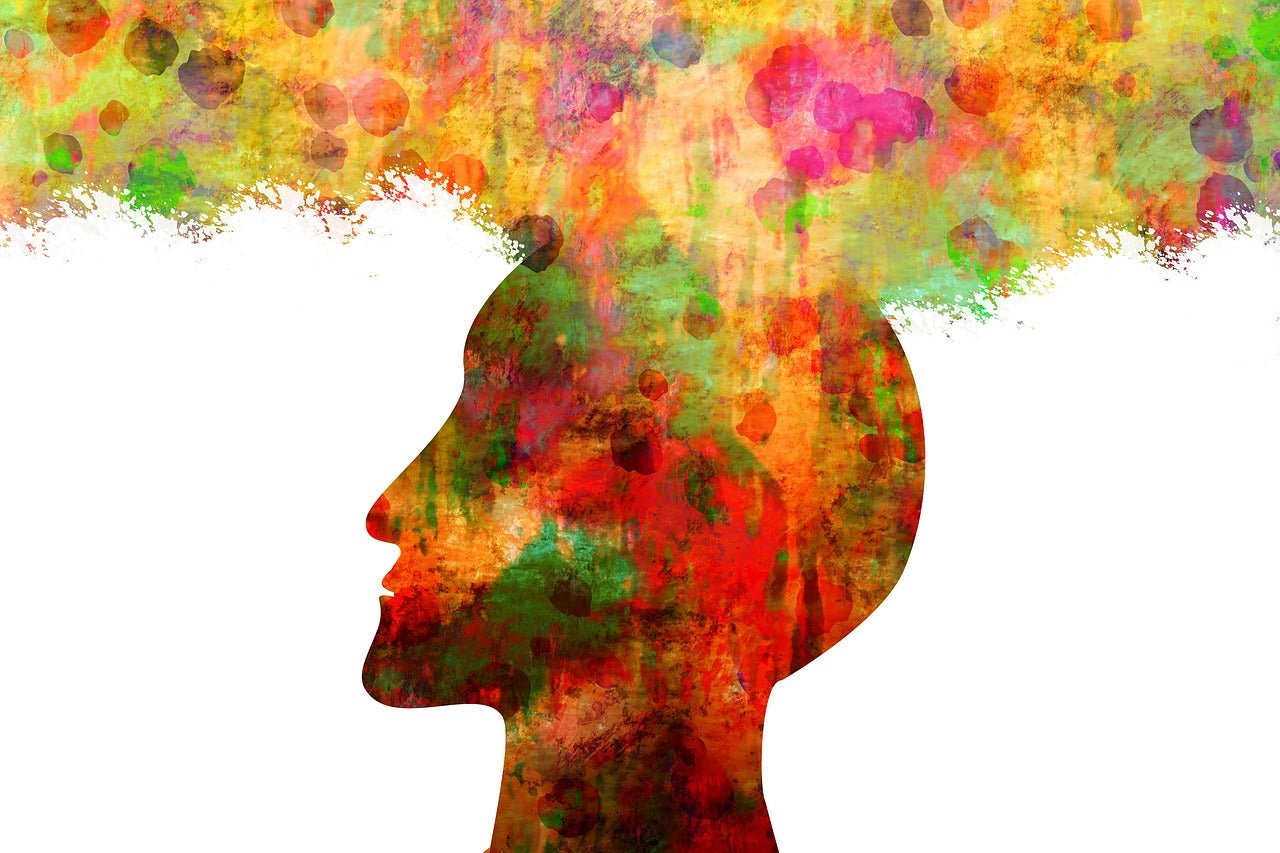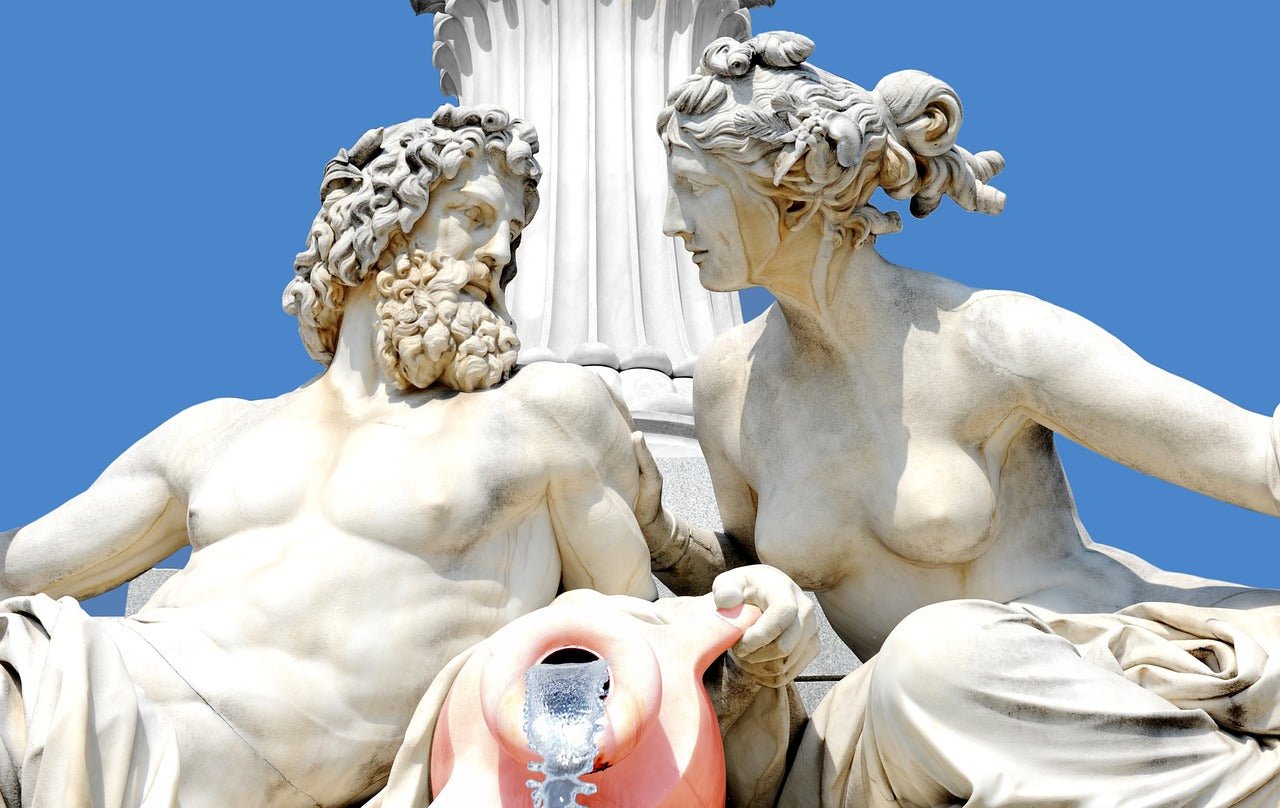
Art Ideas Without Paint: Make Your Own Watercolor Paint!
Have you wondered how satisfying it would be if you tried to make your own paint that you can use for your art projects? Well, we have good news for you! In this article, we will be featuring one of our favorite art ideas without paint–creating paints by yourself! It may sound like hard work and a lot of money, but actually, it’s a lot cheaper than you thought!
Moreover, you can customize any pigments you like and you can create as many as you can. The thing is, not every artist can afford paint products, especially beginners and those who don’t make a living out of art. But since art is all about creativity, you might wanna try stepping out of your comfort zone without stepping out of your budget. So, if you wanna learn more about these art ideas without paint and the art of paint-making, continue reading this article to learn more!

Thanks to the internet, everything seems so accessible in an instant and learning often comes for free. Recently, more and more paint-making ventures have started getting trendy on the internet. From easy watercolor paint to DIY paint using natural ingredients, everything seems so possible and a little more affordable.
What happens if you run out of paint or if you don’t have paint? Well, you improvise by making your one! Making your paint doesn’t require plenty of ingredients and once you get the hang of it, you can create something that matches the professional-grade quality. So, are you ready to know more about these art ideas without paint… but making your paint? Without further ado, let’s get started.
Why Try Making Your Own Watercolor Paint?
Many readers, and you’re probably one of them, might ask why would they try making their paint if they can buy one. For one, it might be cheaper if you opt for a lower-quality one, especially if you only use it for practicing your painting skills. However, some painters still choose to create their paints, which, while a more time-consuming process than purchasing a tube from an art supply store, is a terrific way to become familiar with the qualities of various colors.

Before the emergence of mass-produced paints, painters or their trainees would create paint by hand by combining pigment and a binder. In 1780, the first mass-produced watercolors were launched, and they were marketed as firm cakes that had to be immersed in water and scratched to extract the color.
These days, it is impossible to picture a period when artist colors could not be purchased premade. However, there are some advantages when making your own paint like watercolor:
- Price point: Purchasing pigments and binders separately is usually less expensive than buying readily available artist's grade paints. Exceptions may include unusual colors.
- Non-toxic and more environment-friendly: It is in light that many people are concerned with the harmful ingredients added to paints (especially oils and acrylic) that are harmful not only to the environment but also to our health. By making your own paint, you’re only using natural and earth-friendly products.
- You can control what you like based on your preference: When making your own paint, you can control the amount you prefer, the intensity of the hues, and the opacity level of your colors. It’s all up to your preference, kind of like ordering a custom-made paint only that it’s cheaper!
Where to Buy Watercolor Paint Ingredients?
Depending on the type of “paint” that you want to create, most basic paints such as watercolor paints have two major components that are easily accessible in the market: a pigment and a binder. A pigment is usually readily available in powder form and they come in different colors, finishes, and sets. The great thing is, that they are very affordable.
On the other hand, while there are readymade watercolor binders available, we encourage you to make one yourself. Ingredients are easily accessible. In this section, before we proceed to the main topic, which is art ideas without the paint (but make your paint), we will be listing down the watercolor paint ingredients you’d need for this project:
1. Pigment Powder:
This will give color to your watercolor, and it’s pretty much the main ingredient that makes watercolor paint. While there are specific pigments available for watercolor, pigments of any kind are also fine to use as long as they’re in a fine powder form. Most commonly, mica powders are used for homemade watercolor paints, especially if you prefer a pearlescent or metallic finish.
On the other hand, there are holographic pigment powders available, too. Moreover, you can also get more creative by making your pigments. Some pigments are naturally-occurring so you can, for instance, grind rocks into fine powder. You can also recycle old eyeshadows and crush them until they form a powder.
Powder pigments can be purchased online (Amazon, online stores) or at your nearest arts and crafts store.

2. Gum arabic:
This is another important ingredient for watercolor. Gum Arabic is the main component of most binders because it is the binding agent and preserver of the paint. Moreover, it’s the ingredient that allows your watercolor paint to look transparent and glow. Some gum Arabics are bought either in powder form or liquid form, but it’s fine to use either way because it’s easy to melt gum Arabic.
Gum Arabic can also be bought at arts and crafts stores or online. Make sure to purchase the art-grade gum Arabic because the food-grade ones often have a brownish finish that may affect the color of your paint.

3. Glycerin:
This ingredient acts as a plasticizer to prevent your watercolor from drying too hard, eventually cracking and affecting its quality. You can purchase this at arts and crafts stores or even baking supply stores.
4. Honey or clove oil:
A small amount of these is used in your watercolor paint to preserve its shelf life and to help it avoid becoming moldy as time goes by.
Important: Be sure to have a paint muller or coffee tamper which will be the main equipment to help you mix and immerse your pigment and binder. Be sure to also have watercolor pans (you may recycle) to place your finished product.
Art Ideas Without Paint: Why Not Make Your Own Watercolor Paint?
Now that you know the ingredients, it’s time to know the process.
If you want to have an idea of how watercolor-making looks in person, you can check out videos on YouTube! There are plenty of videos that can show you how it’s done. But for this article, we will also be giving you a brief look into the process.
1. Prepare your activity area:
We recommend that you use a smooth surface during the binding process of the ingredients. Other than the table, using a glass or acrylic board would be good to have a smooth process in mixing, and it would also help see the colors. Once you set up your working area, prepare the ingredients next.

2. Make your paint binder:
In a pan (make sure it’s not being used for food), combine two cups of distilled hot water, 1 cup gum Arabic powder, ½ cup of glycerine liquid, and two drops of honey or clove oil. Be sure that the water is not up to the boiling point, but just hot enough to dissolve the gum Arabic. Once all the said ingredients are well-incorporated, wait for them to cool down before transferring them to a clean jar or bottle (don’t forget to label the container). Store it in a fridge overnight before using it.

3. Start making your watercolor paint:
Once you’ve prepared everything you need to make your paint, the general rule is to place an equal amount of powder pigment and binder together. It would be ideal if you form a center hole in the pigment to mix the binder. After which, initially mix the two with a palette knife and once they’re combined, start mulling the paint until immersed together, with no fine powder visible (this will take between 15 minutes to 3 hours, depending on the type of pigment you used).
Once you’re finished mulling, transfer it to your preferred watercolor pan (recycled would be great).

We hope you enjoyed this in-depth project of watercolor-making! Which art ideas without paint projects would you want us to give an in-depth feature next?





